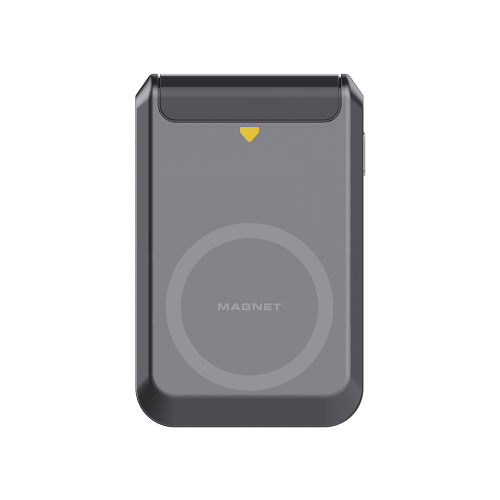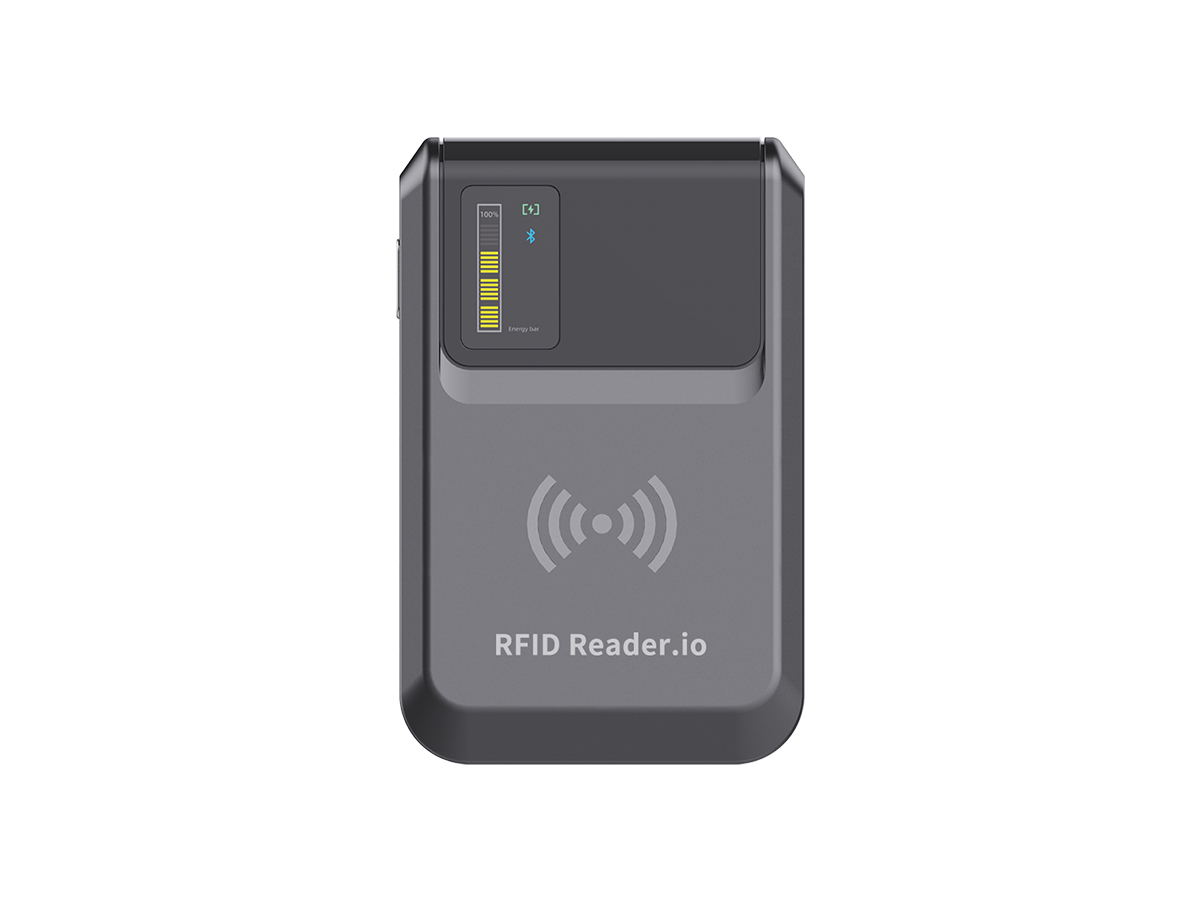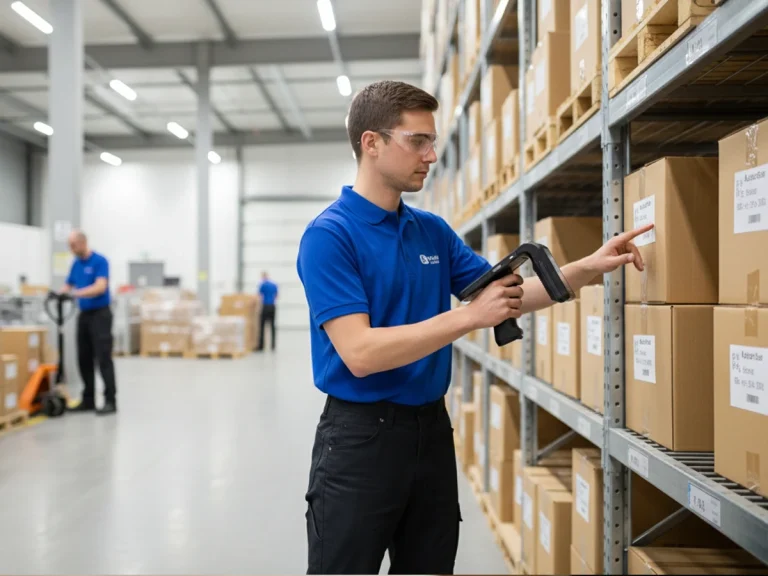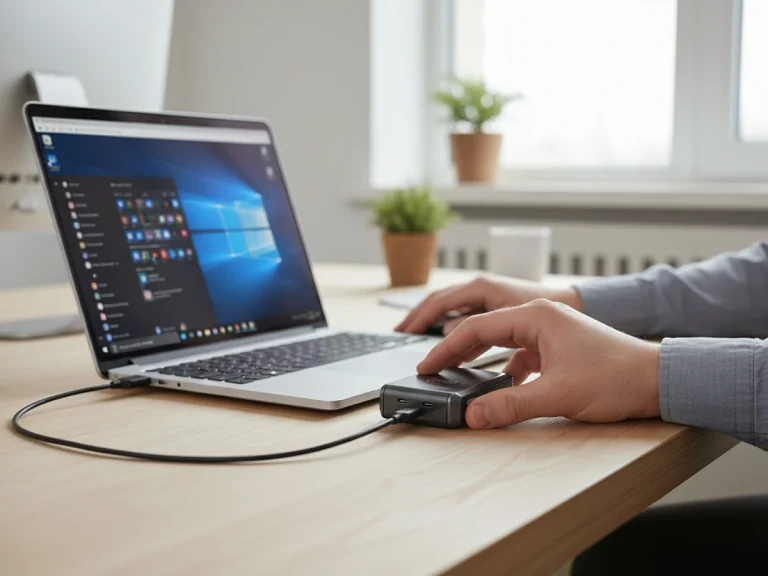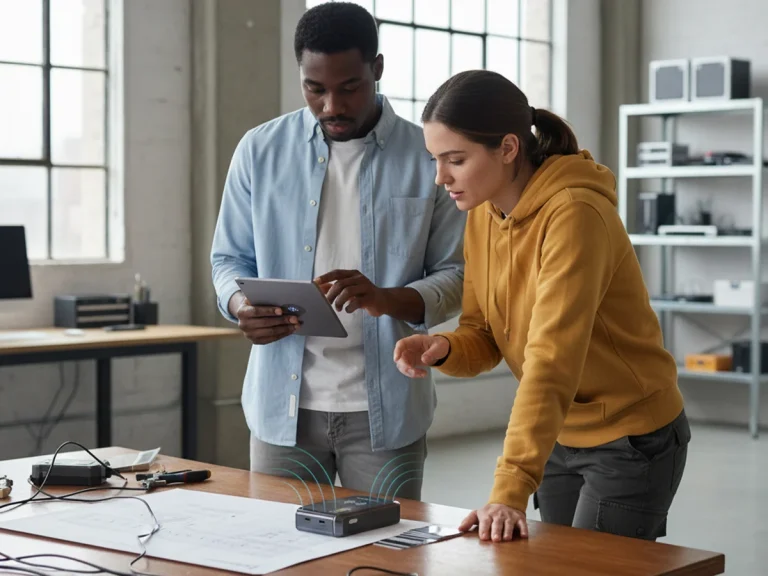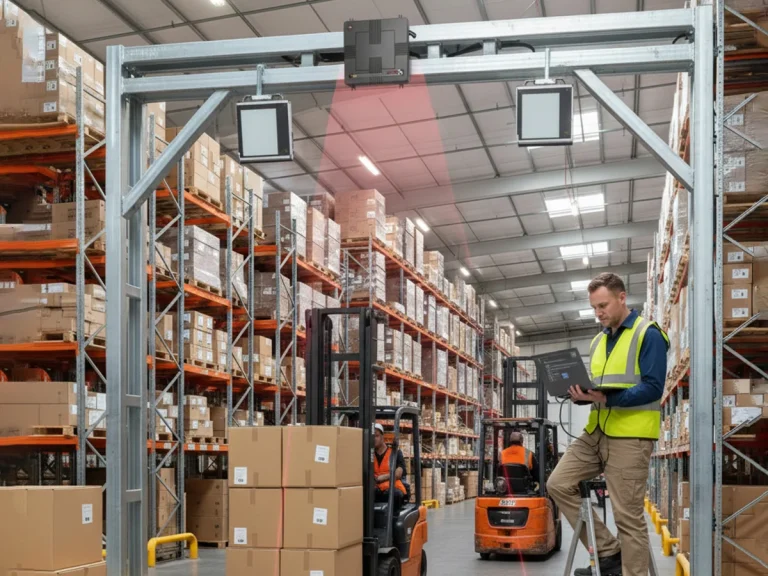
What Is an iPhone RFID Reader and How Does It Work?
In the past, reading RFID tags required bulky desktop readers or industrial-grade handheld terminals. Today, technology has become lighter, smarter, and much more mobile. One of the most practical examples of this evolution is the iPhone RFID Reader — a compact and portable RFID device designed to work directly with iOS apps.
An iPhone RFID Reader essentially combines the convenience of a smartphone with the accuracy of RFID scanning. It can connect to an iPhone via Bluetooth or a Type-C/Lightning cable, depending on the model. Once paired, the reader communicates with a compatible app that manages tag data, inventory records, or asset tracking information in real time.
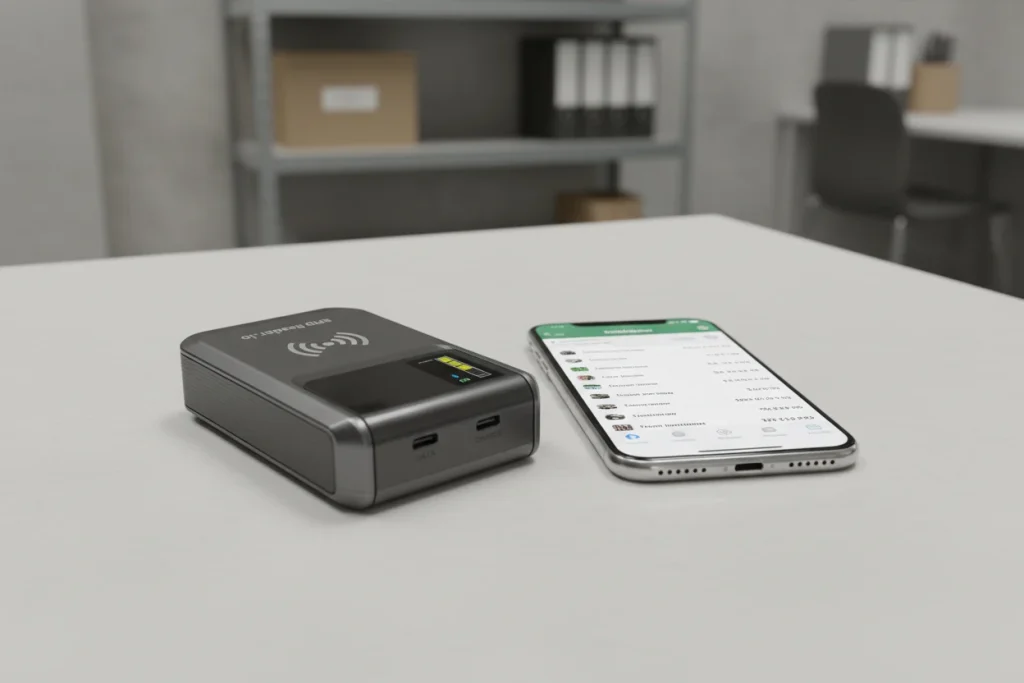
How It Works
At its core, an iPhone RFID Reader functions like any other Portable RFID Reader — it emits radio waves within a specific frequency band (usually 860–960 MHz for UHF models). When these signals hit an RFID tag, the tag’s chip responds with its encoded ID or data.
The reader then captures that signal, decodes the information, and sends it directly to the iPhone app. The entire process happens within a fraction of a second, allowing users to scan multiple tags at once without having to manually align barcodes or QR codes.
Key Features
Modern iPhone RFID Readers, such as those developed by RFID Reader.io, are designed with flexibility and ease of use in mind.
Here are some core features often included:
Compact design: Lightweight and pocket-sized, ideal for field use or retail environments.
High tag reading speed: Reads dozens or even hundreds of tags per second.
Multiple connectivity options: Bluetooth, USB-C, or Lightning connection for stable data transfer.
iOS app compatibility: Works seamlessly with inventory or asset management apps.
Long battery life: Built-in rechargeable battery suitable for all-day operation.
These devices are especially popular among retail stores, small warehouses, event organizers, and libraries — anywhere mobility and real-time updates matter.
Integration with iOS Apps
Unlike traditional readers that rely on middleware or drivers, the iPhone RFID Reader connects directly to iOS apps. Some manufacturers provide SDKs (software development kits) for developers who want to build or customize their own RFID solutions.
For example, a logistics company could pair its existing iPhone app with a Portable RFID Reader to scan boxes as they’re loaded onto trucks. Or a fashion retailer could use it to update stock levels instantly after a customer purchase.
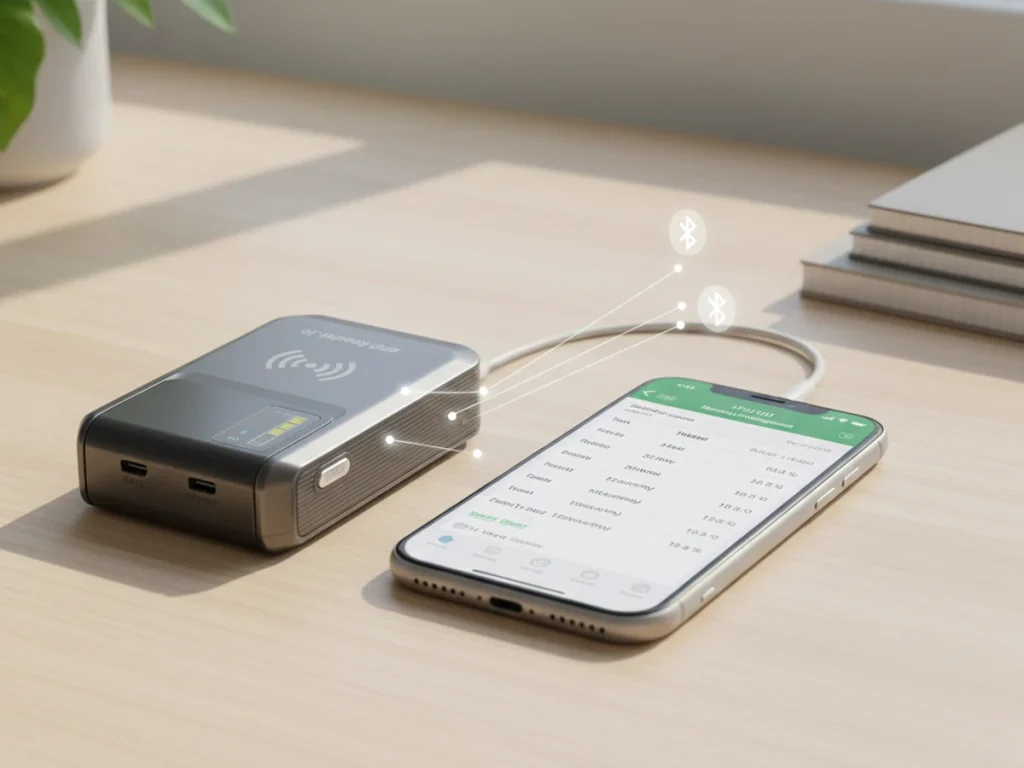
Why Businesses Are Switching to Portable Readers
The rise of Portable RFID Readers reflects a shift in how organizations think about mobility. Instead of being tied to fixed scanning stations, staff can now walk around, scan, and update data in real time. The iPhone RFID Reader brings that same convenience to Apple’s ecosystem, blending enterprise-grade performance with user-friendly design.
Final Thoughts
As RFID adoption expands beyond industrial use, the iPhone RFID Reader bridges the gap between mobility and data accuracy. It offers an elegant solution for professionals who already rely on their iPhones daily — proving that serious inventory management doesn’t always require bulky hardware.
For more information or to explore compatible iOS RFID products, visit RFID Reader.io — where mobile RFID meets professional integration.
FAQ
1. Can any iPhone use an RFID Reader?
Most modern iPhones with Bluetooth support can connect to an external RFID reader. However, compatibility also depends on the app and the reader model.
2. Is the iPhone RFID Reader built into the phone itself?
No, the iPhone doesn’t have a built-in UHF RFID reader. It connects to an external Portable RFID Reader that provides this function.
3. What kind of apps can I use with an iPhone RFID Reader?
You can use asset tracking, warehouse management, event check-in, and library systems — as long as the app supports RFID integration.
4. How does a Portable RFID Reader differ from a USB RFID Reader?
A Portable RFID Reader is wireless and mobile, often Bluetooth-based, while a USB reader is usually stationary and connected to a PC.
5. Can I develop my own iOS app for the reader?
Yes, most manufacturers (including RFID Reader.io) provide SDKs for iOS so developers can integrate RFID reading into their custom apps.
6. How long does the battery last?
Typical models offer 8–12 hours of active operation, depending on usage intensity.
7. What’s the maximum read distance?
It varies by model — usually between 1 and 8 meters for most portable readers.
8. Is it suitable for outdoor environments?
Yes, many iPhone RFID Readers are rugged and can handle light industrial or field use.
Send Us An Email
Feel free to send us an email and we will reply to you as soon as possible.

